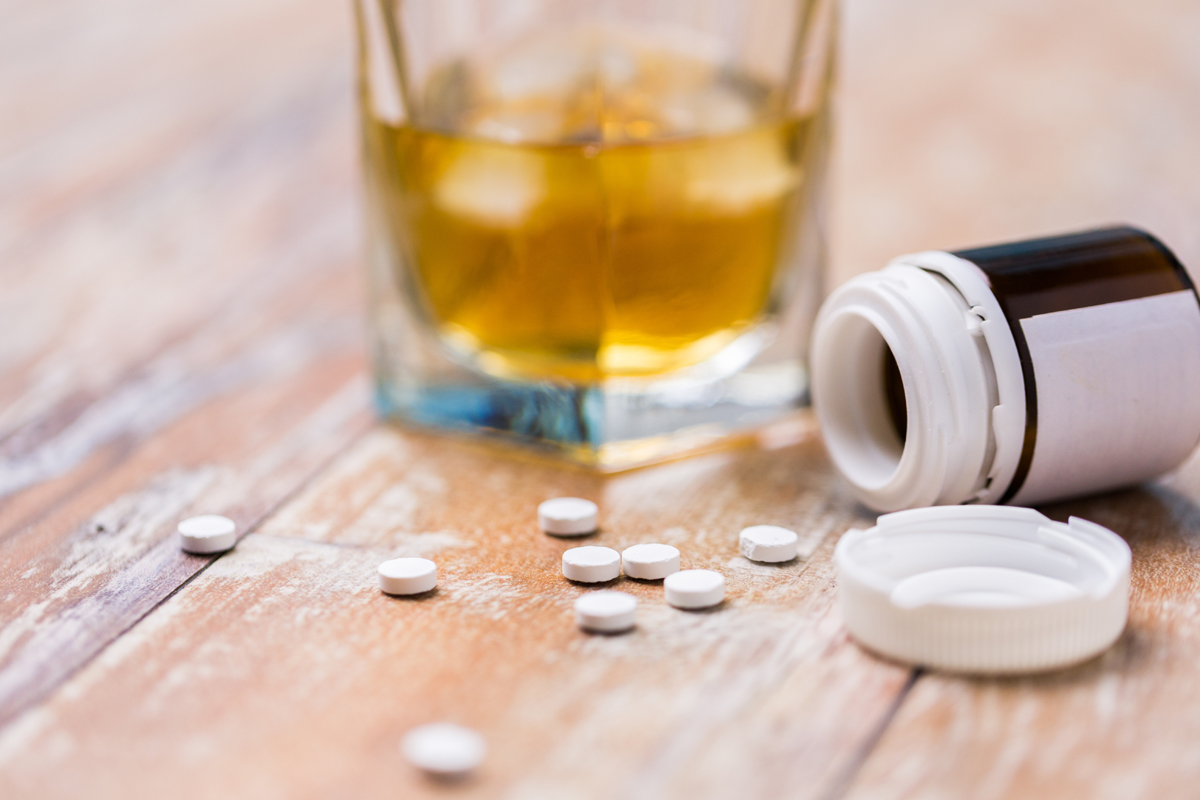
3 minute read
Data shows urgent need for drug, alcohol help
Liz Bell liz@mpnews.com.au
ALCOHOL and drug-related health problems In Frankston and on the Mornington Peninsula are among the highest in the region.
The Alcohol and other Drug Catchment plan of Peninsula Health, 2023 (Bayside Peninsula area), reveals that Frankston has the highest demand for alcohol and drug services in metropolitan Melbourne (2972), with the peninsula close behind at 2262. Bayside had 847.
The catchment plan - which also covers Kingston, Stonnington, Glen Eira and Port Phillip - looks at service usage data to identify the needs of people with alcohol and drug (AOD) problems and factors driving support and demand for alcohol and other drug services.
The data revealed that despite high levels of service need in Frankston and on the peninsula, overall demand is not currently being met, with four week waiting times for services being common throughout 2022.
Frankston also uses the highest proportion of alcohol and drug services in metro Melbourne for intake and counselling, but the nearest residential withdrawal service centres are at Dandenong and St Kilda.
The most specific measures of AOD harms at the local government areas level are ambulance attendances for AOD use, overdose deaths and police incidents. In 2021, some of metro Melbourne’s highest rates for those harms were recorded in Frankston, Mornington Peninsula, Port Phillip and Stonnington.
The Australian Bureau of statistics has also released new figures that show that across the country, there was a 9.1 per cent increase in the alcohol-induced death rate in 2022 – the highest rate recorded in more than a decade.
Alcohol-induced deaths are those where the underlying cause can be directly attributed to alcohol use, including acute conditions such as alcohol poisoning or chronic conditions such as alcoholic liver cirrhosis.
The latest statistics show:
There were 1742 alcohol-induced deaths (1245 males and 497 females).
In 2022 there was a 9.1 per cent increase in the alcohol-induced death rate, with 164 additional deaths since 2021.
The age-standardised rate for alcohol-induced deaths was 8.7 for males and 3.4 for females, representing the highest rates per 100,000 people in the 10-year time series.
The rate increase is largely due to complications associated with chronic alcohol use including liver cirrhosis and liver failure.
The largest increase in alcohol-induced deaths from 2021 was in females aged 45-64 years (55 more deaths) and males aged 65-84 years (47 more deaths).
Alcohol and Drug Foundation CEO Dr Erin Lalor said the increase in the death rate from 2021, driven by complications associated with chronic alcohol use, reiterated the need for greater action to stop the numbers rising.
“These heartbreaking deaths, which are mostly preventable, have a ripple effect on the community, with friends and families suffering. Our thoughts are with those who have been impacted,” she said. “We can’t afford to further delay action to reduce these unacceptable numbers which have been increasing since 2018. Greater investment in evidence-based prevention, harm reduction, and treatment services is urgently needed.”
For support or advice, visit adf.org.au or call the National Alcohol and Other Drug Hotline on 1800 250 015.










